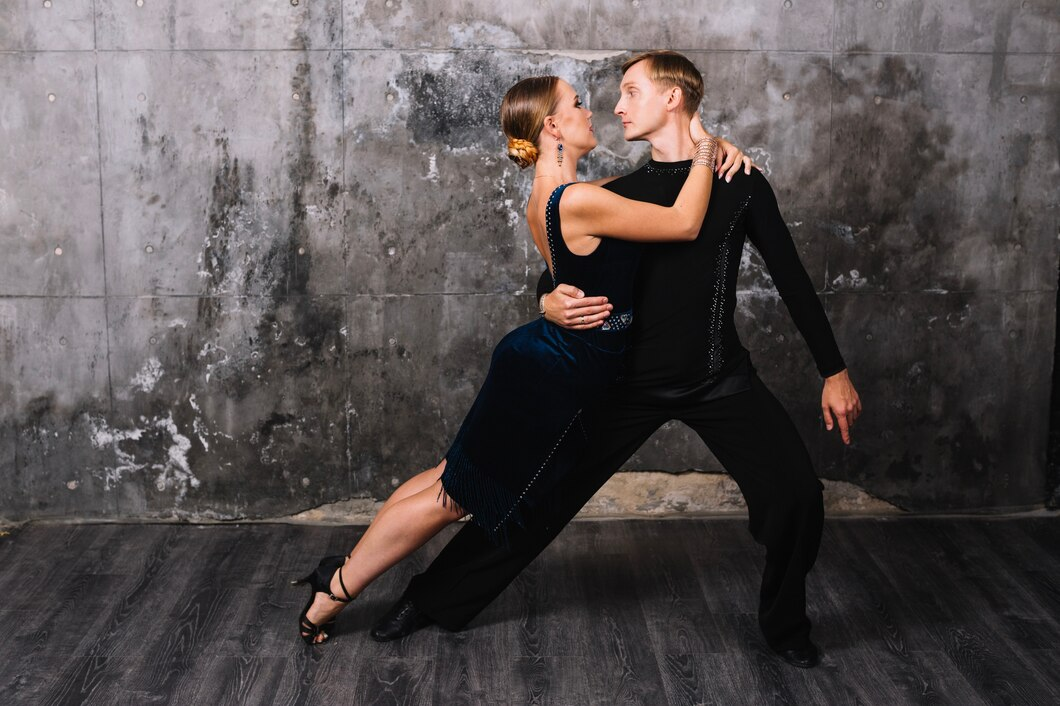Among the many exotic dances that have emerged from Latin America and challenged dancers globally, Samba and Salsa are perhaps the most renowned. Rooted in rich cultural histories and thriving social scenes, both dance styles offer enticing rhythms, captivating movements, and distinct footwork. However, understanding the difference between Samba and Salsa is crucial for budding dancers to lay a strong foundation on which to build their dance skills. This article focuses on unraveling the basic steps for Samba and Salsa for beginners, giving a comprehensive guide to these fascinating dance forms. For more insights into the distinctions between these two vibrant dance styles, visit Charismático.
Understanding the Cultural Origins and Differences
Samba originates from Brazil and is danced at the lively carnivals. On the other hand, Salsa has its roots in the Caribbean, particularly Cuba and Puerto Rico, and is deeply tied to the music genre of the same name. Before we delve into the dance steps, it's worth understanding the difference between Samba and Salsa. Samba is characterized by its quick beats with an emphasis on the downbeat, making footwork crucial to the dance. In contrast, Salsa carries rhythms that are typically slower and centered around body movement and the connection between dance partners.
Mastering the Basic Samba Steps
First, let's dive into the details of Samba dancing. The basic step, also known as the "Samba bounce," forms the spine of Samba dancing. It is a rhythmical bouncing movement that permits the dancer to keep time with the rapid samba music. It's performed in time with beats grouped in threes and includes a slight downward drop on the first beat followed by a recovery on the second and third beats. The footwork is quite intricate: it involves quickly sliding the ball of one foot forward or back while bouncing on the other foot.
Practicing the Samba Basic
To practice the Samba Basic, follow these steps: stand upright with your feet shoulder-width apart, then step forward with the right leg. Bend slightly at the knees while maintaining a bounce in your body rhythm. Next, step back on the left foot, again bouncing slightly. Try to keep this pattern flowing smoothly, maintaining the bounce and stepping in time with the beat. Footwork and rhythm are the keys to a good Samba.
Exploring the Basics of Salsa

Salsa, on the other hand, focuses on the connection between partners and fluid body movements. It's known for its six-step pattern danced over eight counts of music, and it usually involves a lot of turns. The basic step of Salsa, called "El Paso," starts with one partner stepping forward and the other stepping back. The forward-stepping partner (typically the male) steps forward on the first beat, shifts weight to the back foot on the second beat, and steps backward on the third beat. The reverse is performed by the other partner. The pattern continues with stepping backwards, shifting weight and stepping forwards.
Practicing the Salsa Basic
To practice the Salsa Basic, follow these steps: Stand facing your partner (one foot's distance away). The lead should step forward with the left foot, pivot and shift weight onto the right foot, then step back onto the left foot. The follower should do the opposite: step back with the right foot, pivot and shift weight onto the left foot, then step forward onto the right foot. This pattern should be repeated smoothly and fluidly, ensuring a clear rhythm is maintained.
Emphasizing Posture and Rhythm
At the heart of both dances is the critical importance of maintaining the correct posture and a rhythm that matches the music. Dancing Samba or Salsa is not just about executing steps; it's about expressing the very character and spirit that these dances convey. Also, it is always advisable for beginners to start with professional lessons to avoid developing incorrect habits.
Embarking on Your Dance Journey
Whether you are drawn to the vivacious beats of the Samba or the sensual rhythms of the Salsa, it's important to remember that every journey begins with a single step. May your dance journey be a thrilling adventure full of spin, rhythm, and passion. Take the time to understand the rhythms, appreciate the cultural contexts, and most importantly, enjoy the process of learning and the joy of dancing. Enjoy the glide, the twirl, and the rhythm. As you harness your skills in Samba and Salsa, you'll discover it is as much an exploration of self as it is an exploration of dance.
Final Thoughts
Taking the first steps into the world of Latin dances may appear daunting, yet with dedication and perseverance, it transforms into an enriching journey. With practice and guidance, dancers not only master the basics of Samba and Salsa but also unlock a vibrant world of rhythm, movement, and cultural immersion. Each step becomes a gateway to deeper connections, both socially and culturally, fostering a profound appreciation for the art form.
Post Comment
Be the first to post comment!






